Nueva York, 18.02.25
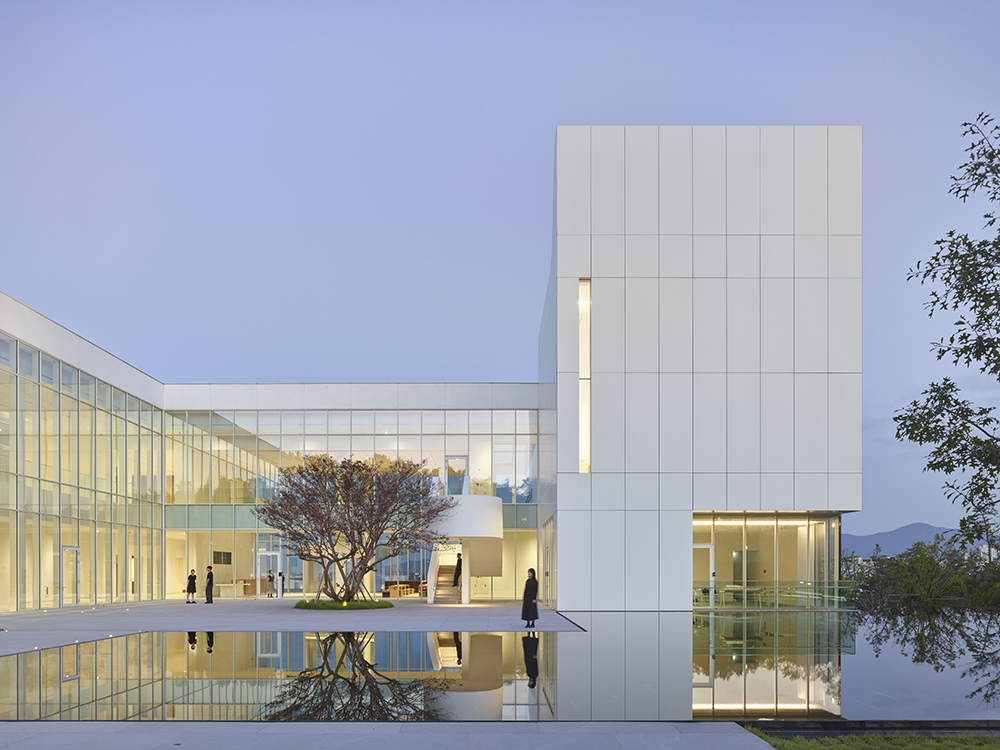
La arquitectura oriental nos recuerda constantemente cómo la simplicidad, la armonía y la composición pueden transformar un espacio en una obra de arte. El Sorol Art Museum, inaugurado el 14 de febrero de 2024 en Gangneung, Corea del Sur, es un testimonio de esta filosofía. Desde su apertura, ha atraído a miles de visitantes, no solo por sus exposiciones de renombrados artistas como Lucio Fontana y Quac Insik, sino por la extraordinaria arquitectura que lo define. Diseñado por Meier Partners, una firma neoyorquina de reconocimiento global, el museo refleja la visión minimalista y atemporal que caracteriza su trabajo. Fundada por Richard Meier, ganador del Premio Pritzker en 1984, la firma ha sido pionera en la creación de espacios que fusionan luz, geometría y materialidad en un lenguaje arquitectónico único. Con proyectos icónicos como el Getty Center en Los Ángeles, la Jubilee Church en Roma y el High Museum of Art en Atlanta, Meier Partners ha establecido un legado que trasciende generaciones. En 2021, la firma atravesó una reestructuración significativa y adoptó una nueva identidad bajo el liderazgo de arquitectos como Dukho Yeon, Guillermo Murcia y Sharon Oh, manteniendo su esencia de claridad formal, simplicidad estructural y diálogo con el entorno.
Eastern architecture constantly reminds us how simplicity, harmony, and composition can transform a space into a work of art. The Sorol Art Museum, inaugurated on February 14, 2024, in Gangneung, South Korea, is a testament to this philosophy. Since its opening, it has attracted thousands of visitors—not only for its exhibitions featuring renowned artists such as Lucio Fontana and Quac Insik but also for the extraordinary architecture that defines it. Designed by Meier Partners, a globally recognized New York-based firm, the museum reflects the minimalist and timeless vision that characterizes their work. Founded by Richard Meier, winner of the Pritzker Prize in 1984, the firm has been a pioneer in creating spaces that blend light, geometry, and materiality into a unique architectural language. With iconic projects such as the Getty Center in Los Angeles, the Jubilee Church in Rome, and the High Museum of Art in Atlanta, Meier Partners has established a legacy that transcends generations. In 2021, the firm underwent a significant restructuring and adopted a new identity under the leadership of architects such as Dukho Yeon, Guillermo Murcia, and Sharon Oh, maintaining its essence of formal clarity, structural simplicity, and dialogue with the surroundings.
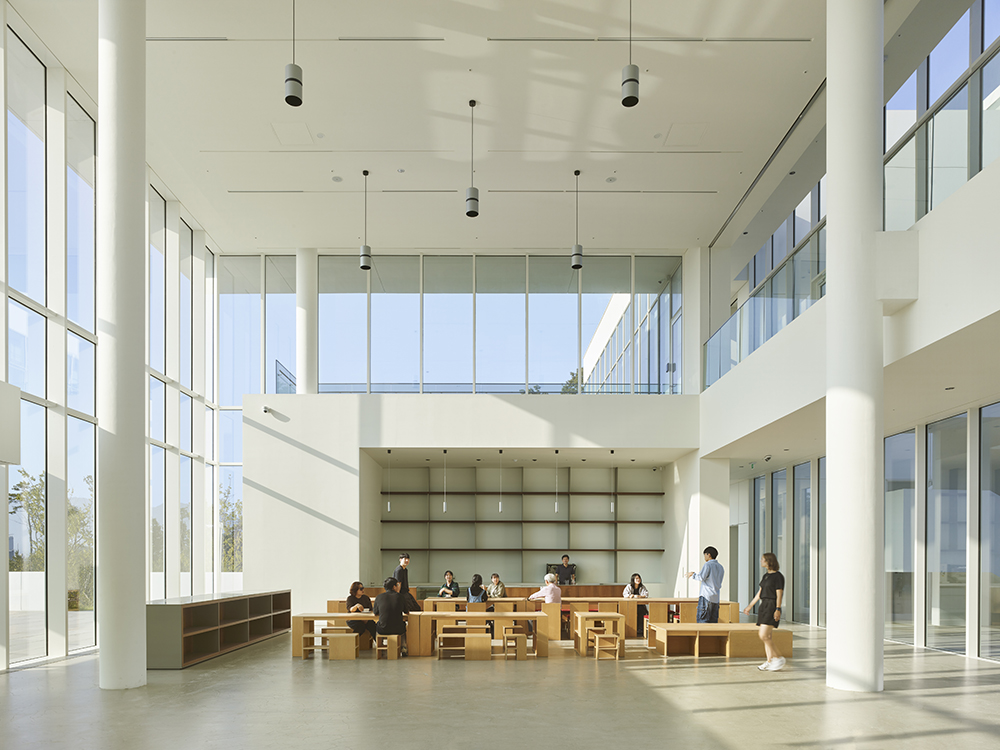
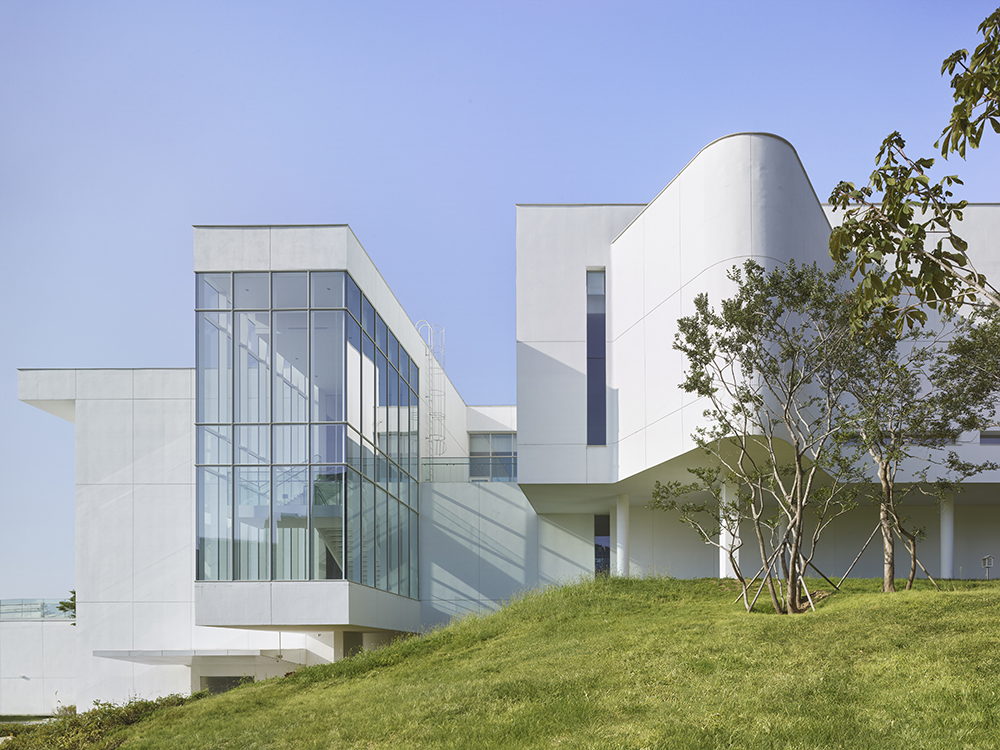
El Sorol Art Museum encarna esta filosofía a través de una materialidad cuidadosamente seleccionada: concreto blanco expuesto, vidrio, aluminio y piedra. Estos materiales no solo refuerzan la estética minimalista, sino que también crean un espacio de contemplación donde la arquitectura se convierte en un lienzo en blanco para la interacción entre arte, espectador y paisaje. A través de sus amplias aperturas, la luz natural y la transparencia de los materiales, el edificio se conecta sutilmente con el entorno, generando una continuidad visual entre el museo y la naturaleza circundante. La distribución del museo, estructurada en torno a un patio central y conectada por una circulación en forma de T, facilita un recorrido fluido que permite a los visitantes experimentar tanto el arte como el paisaje en perfecta armonía.
Desde su inauguración, el museo ha presentado exposiciones que reflejan la riqueza de la abstracción y el pensamiento filosófico en el arte. Su primera gran muestra, Spatial Concept, exploró el trabajo de Lucio Fontana, cuyo interés por la espacialidad y la tridimensionalidad en el lienzo transformó el concepto de la pintura tradicional. En diálogo con esta propuesta, el museo exhibió obras del artista coreano Quac Insik, cuya exploración de la forma y el vacío evoca una sensibilidad estética enraizada en el pensamiento oriental. Más recientemente, la exhibición Moments of Perfection destacó la obra de Agnes Martin, siendo la primera vez que su trabajo se expone en Corea del Sur. Profundamente influenciada por el Zen y el Taoísmo, Martin creó composiciones minimalistas donde la repetición y la sutileza cromática invitan a la contemplación. Su trabajo fue presentado junto al de Chung Sang-Hwa, artista coreano cuya aproximación a la pintura involucra la construcción y deconstrucción de la superficie, en un proceso de meditación y ritmo controlado.
The Sorol Art Museum embodies this philosophy through a carefully selected materiality: exposed white concrete, glass, aluminum, and stone. These materials not only reinforce the minimalist aesthetic but also create a space of contemplation where architecture becomes a blank canvas for the interaction between art, spectators, and the landscape. Through its wide openings, natural light, and the transparency of its materials, the building subtly connects with its surroundings, generating a visual continuity between the museum and the surrounding nature. The museum’s layout, structured around a central courtyard and connected by a T-shaped circulation, facilitates a fluid journey that allows visitors to experience both art and landscape in perfect harmony.
Since its inauguration, the Museum has hosted exhibitions that reflect the richness of abstraction and philosophical thought in art. Its first major exhibition, Spatial Concept, explored the work of Lucio Fontana, whose interest in spatiality and three-dimensionality on the canvas transformed the concept of traditional painting. In dialogue with this proposal, the museum exhibited works by Korean artist Quac Insik, whose exploration of form and emptiness evokes an aesthetic sensibility rooted in Eastern thought. More recently, the exhibition Moments of Perfection highlighted the work of Agnes Martin, marking the first time her work has been exhibited in South Korea. Deeply influenced by Zen and Taoism, Martin created minimalist compositions where repetition and chromatic subtlety invite contemplation. Her work was presented alongside that of Chung Sang-Hwa, a Korean artist whose approach to painting involves the construction and deconstruction of the surface in a meditative and controlled rhythmic process.
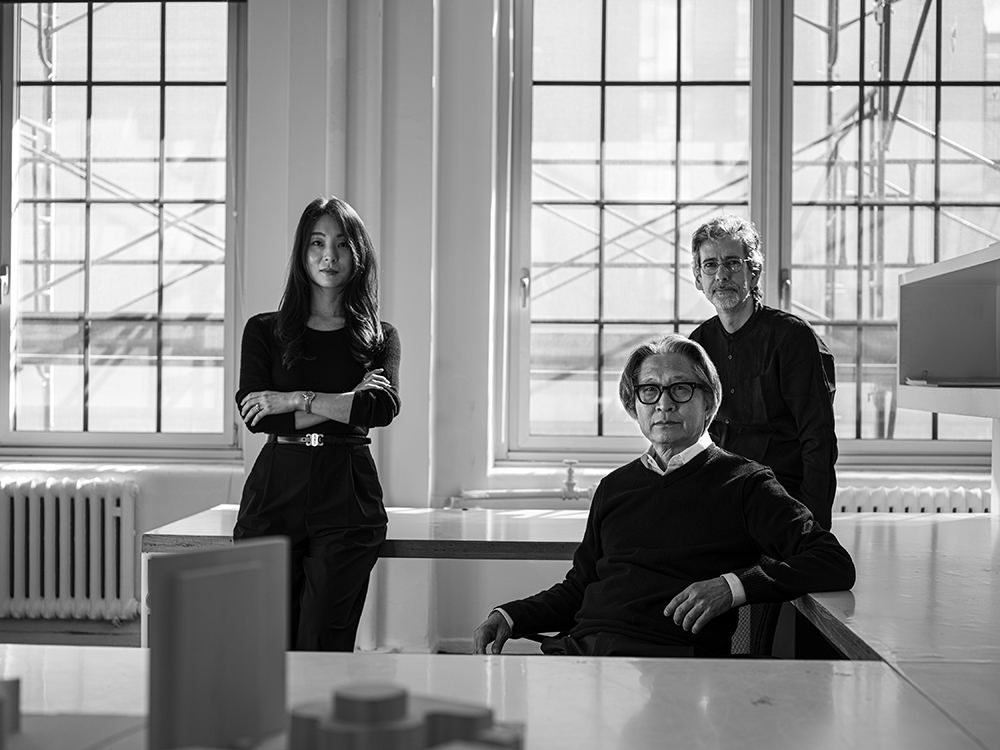
Los espacios abiertos, el ventanal panorámico y el espejo de agua refuerzan esta relación, invitando a una experiencia sensorial donde la naturaleza y la arquitectura se entrelazan. Como lo describe Guillermo Murcia, principal en Meier Partners:
“Diseñado para transmitir simplicidad, el Sorol Museum se armoniza con su entorno y contexto, permitiendo al espectador embarcarse en un viaje personal de descubrimiento mientras interactúa con el arte. Los espacios de galería, aunque son dispersos, permanecen conectados a lo largo de un recorrido de vistas enmarcadas, inundado de abundante luz natural”.
Así, el museo se convierte en un escenario en el que cada visitante es parte activa de la narrativa, un reflejo de la esencia del taoísmo: equilibrio, contemplación y una integración fluida entre los elementos. El Sorol Art Museum no es solo un museo, sino un reflejo de una visión arquitectónica que trasciende lo tangible y se convierte en una experiencia de armonía, luz y equilibrio. Desde su fundación en 1963, Meier Partners ha definido un lenguaje arquitectónico basado en la luz, la geometría y la pureza formal. Tras la reestructuración en 2021, la firma sigue evolucionando bajo nuevos liderazgos, manteniendo su legado de claridad y sofisticación. Hoy, continúa diseñando espacios icónicos que integran arquitectura, contexto y percepción sensorial.
The open spaces, the panoramic window, and the reflecting pool reinforce this relationship, inviting a sensory experience where nature and architecture intertwine. As Guillermo Murcia, principal at Meier Partners, describes:
“Designed to convey simplicity, the Sorol Museum harmonizes with its site and context, letting the spectator engage in a personal journey of discovery interacting with the art. Gallery spaces, though dispersed, remain connected along a path of framed views, filled with abundant natural light.”
Thus, the museum becomes a stage where each visitor is an active part of the narrative—a reflection of the essence of Taoism: balance, contemplation, and a fluid integration between elements. The Sorol Art Museum is not just a museum but a reflection of an architectural vision that transcends the tangible, transforming into an experience of harmony, light, and balance. Since its founding in 1963, Meier Partners has defined an architectural language based on light, geometry, and formal purity. After its restructuring in 2021, the firm continues to evolve under new leadership while preserving its legacy of clarity and sophistication. Today, it continues to design iconic spaces that seamlessly integrate architecture, context, and sensory perception.
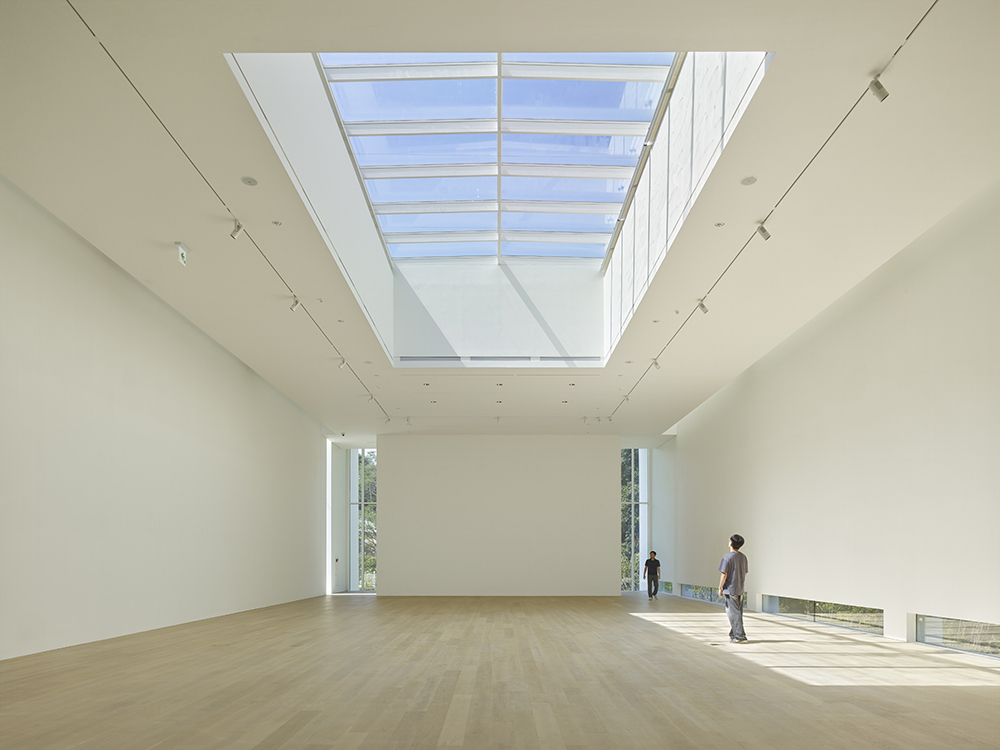
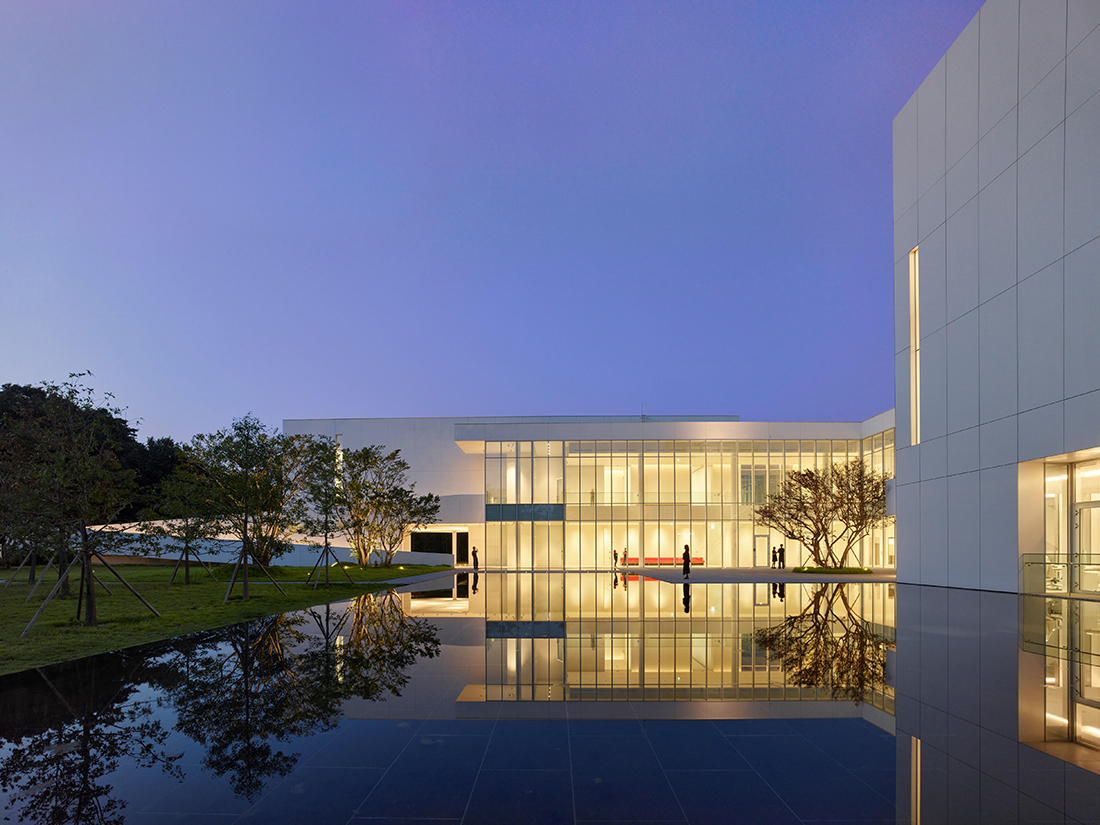
Más info: Meier Partners

